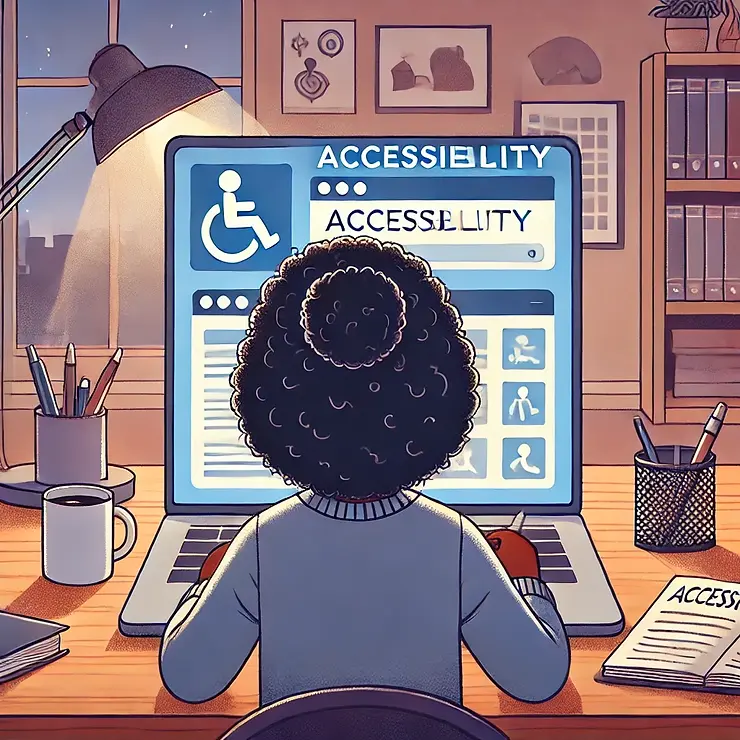Steps to Accessibility at a Conference: My Personal Preparation Guide
- Livi Adu

- Jul 10, 2024
- 2 min read
When I was asked if I had any special dietary requirements for a workshop I was facilitating at Leeds Royal Armouries Museum and how they could support any accessibility needs, I felt a wave of relief and gratitude. This simple question shifted the responsibility from me and acknowledged the importance of accessibility, making me feel truly welcomed. It’s a refreshing change not to do all the legwork myself—pun intended! 😅

Accessibility Checklist
Before attending any event, I typically have to research a multitude of factors to ensure that the venue is accessible. Here’s a glimpse into my checklist:
Step-Free Access: Is the venue step-free?
Disabled Parking Bays: Where are the disabled parking bays located and how many are there?
Building Type: What kind of building is it? Historic buildings often have narrow hallways and doors that aren’t wheelchair-friendly.
Attendance: How many people will be in attendance?
Accessible Toilets: Where are the accessible toilets in relation to the conference room? How many are there?
Lifts: Are there lifts, and if so, what kind are they? Some lifts in small museums require assistance, which can hinder autonomy.
Room Layout: What will the room layout be?
Facilitating: If I am facilitating, will I be on a stage? What is the accessible path to the stage?
For the Leeds Royal Armouries event, I responded with the following specific requests:
Dietary Needs: I am a vegetarian.
Lift Availability: Please check the lifts are working on the day and provide a contact for any issues.
Room Layout: Ensure the room layout allows me to manoeuvre in my wheelchair without obstacles.
Assistance with Lunch: I need someone to help me grab food at lunch since I can't hold my food and use my wheelchair simultaneously.
Door Accessibility: If the gallery or conference room doors aren’t automatic, it would be helpful to have someone hold the doors open or wedge them open.
Accessible Parking: Can I reserve one of the accessible parking spaces next to the museum?
Accessibility best practice
The response I received was nothing short of amazing. I felt genuinely included and valued as a participant, not a burden. Alison and Mark were incredibly thorough and prompt. Here’s a summary of the response:
The event host will check the lifts upon arrival, and there are multiple lifts available, including a goods lift as a last resort.
Fire refuge spaces with a safe airflow system are available in case of emergency.
A reserved space near the door will be provided, with additional space between tables for easier manoeuvring.
Assistance will be available to help me grab lunch and hold doors open if they aren't automatic.
An accessible parking space will be reserved for me, with registration details provided for booking.
This kind of proactive and considerate planning makes all the difference. It shows that accessibility is not just about meeting requirements but genuinely creating an inclusive and supportive environment.
If you're organizing an event, take a page from Mark and Alison’s book. Ask your attendees about their needs and go above and beyond to accommodate them. It makes a world of difference and ensures everyone can participate fully and comfortably.


Comentarios